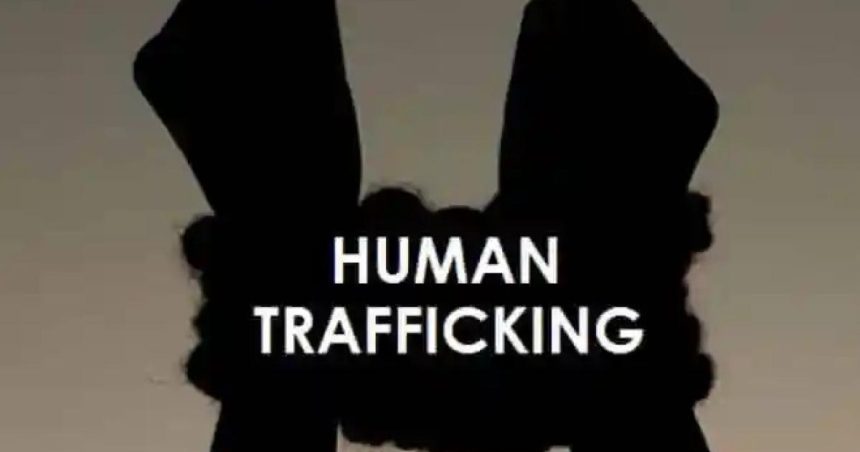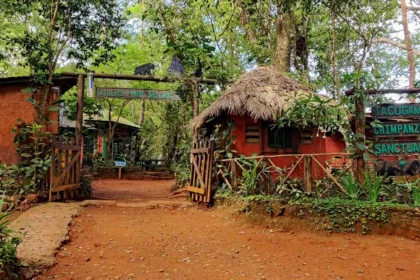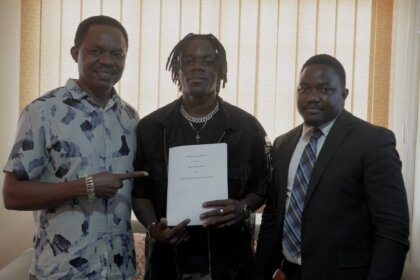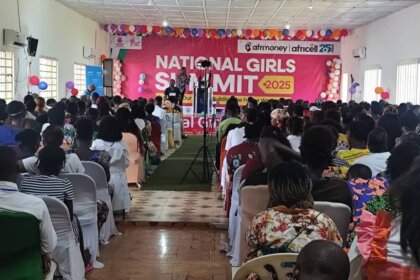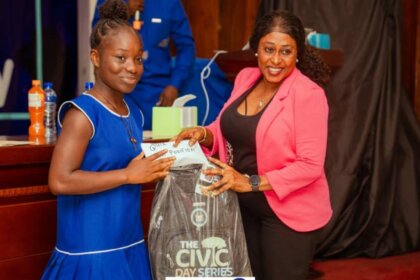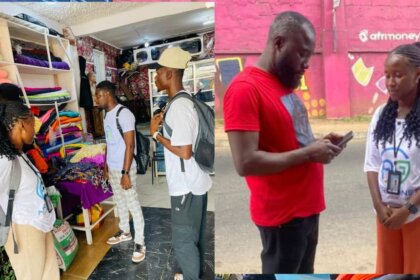Human trafficking is a serious issue in Sierra Leone. According to the United States Department of State, Sierra Leone is a source, transit, and destination country for children and women trafficked for the purposes of forced labor and commercial sexual exploitation. Trafficking within the country is more prevalent than transnational trafficking and the majority of victims are children
According to a recent report by the University of Liverpool and the University of Georgia, an estimated 33% of children aged 5 to 17 in Sierra Leone’s Eastern Province have experienced child trafficking, and 36% have experienced child labor. The report represents the largest-scale household survey on the topic ever undertaken in Sierra Leone . The report specifically describes child trafficking and child labor in three hotspot districts in the Eastern Province—Kono, Kenema, and Kailahun—that are among the poorest areas in what is considered one of the world’s poorest countries .
The United States Department of State reports that Sierra Leone is a source, transit, and destination country for children and women trafficked for the purposes of forced labor and commercial sexual exploitation. Trafficking within the country is more prevalent than transnational trafficking and the majority of victims are children. Within the country, women and children are trafficked from rural provinces to towns and mining areas for domestic servitude, sexual exploitation, and forced labor in diamond mines, petty trading, petty crime, and for forced begging. Women and children may also be trafficked for forced labor in agriculture and the fishing industry. Transnationally, Sierra Leonean women and children are trafficked to other West African countries, notably Guinea, Côte d’Ivoire, Liberia, Nigeria, Guinea-Bissau, and The Gambia for the same purposes listed above and to North Africa, the Middle East, and Western Europe for domestic servitude and sexual exploitation.
The government of Sierra Leone has made efforts to combat human trafficking, including increasing investigations and prosecutions, allocating funding to an NGO for protective services, and adopting a new anti-trafficking national action plan. However, the government still needs to expand victim shelter and services, including for male victims, outside of Freetown, and train officials on the standard victim identification measures and national referral mechanism to ensure trafficking victims receive timely services.


